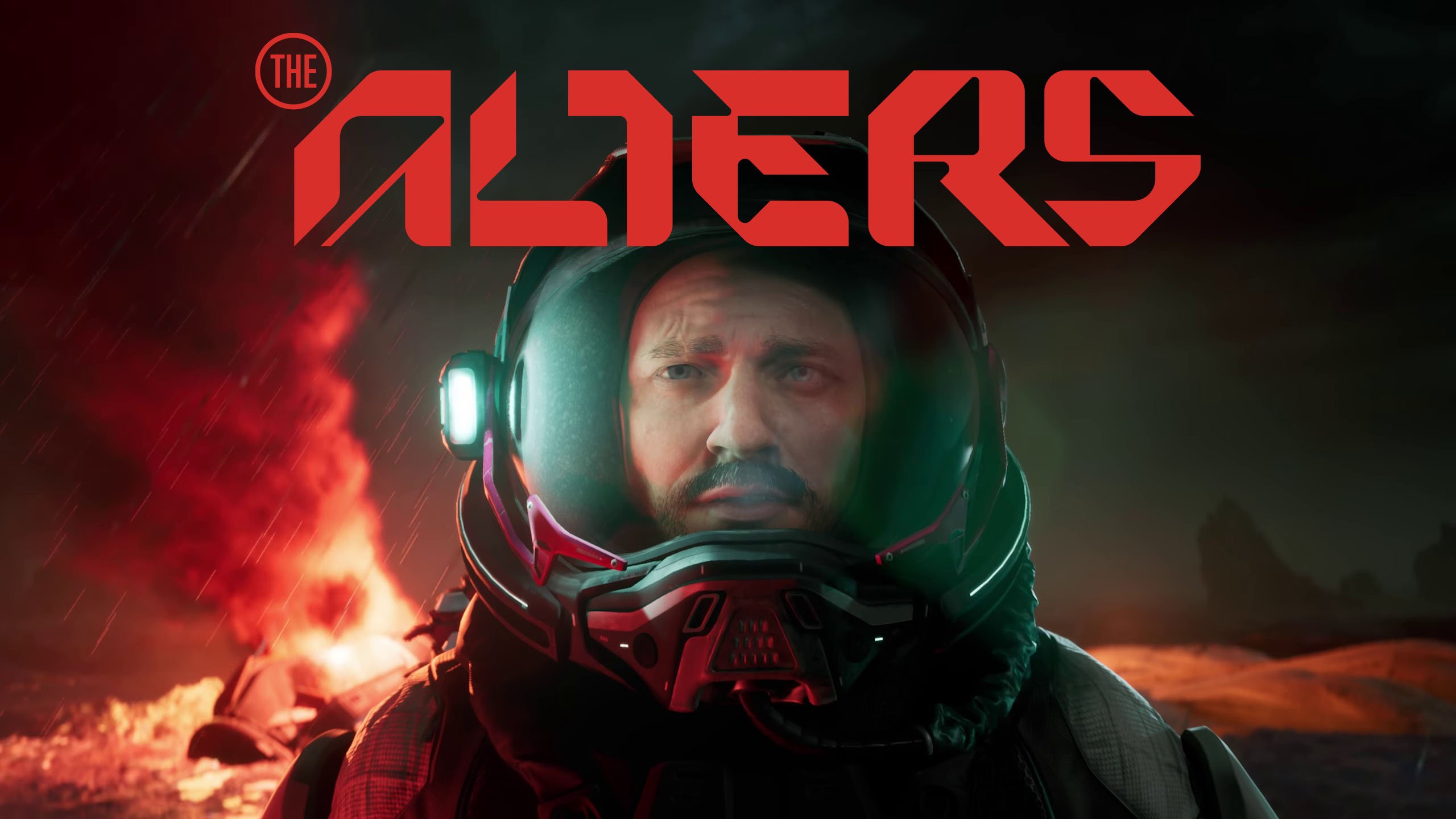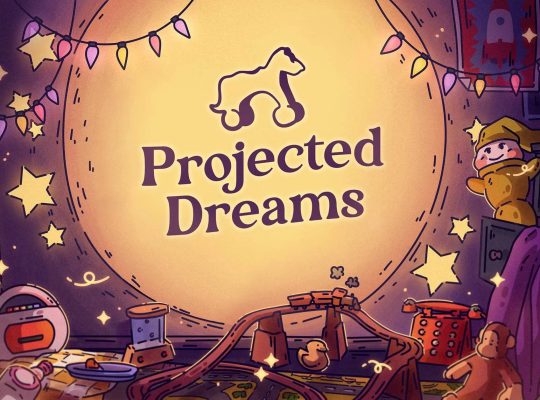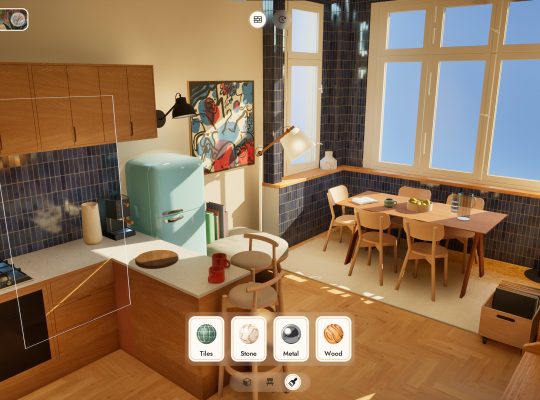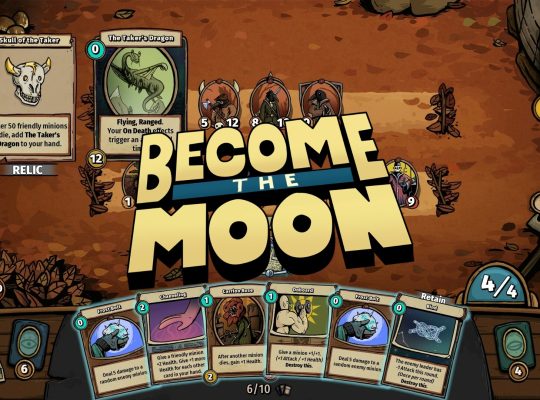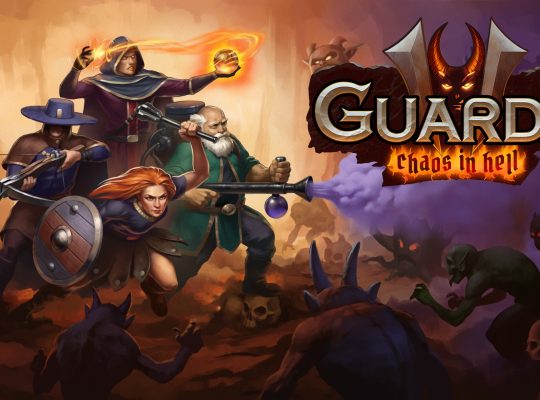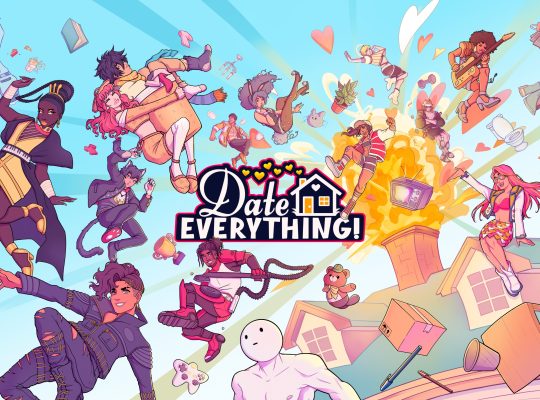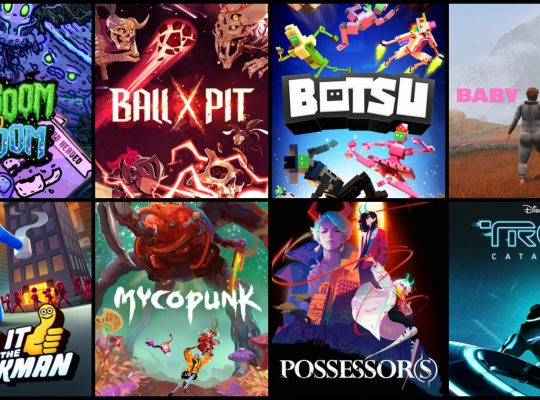- DEVELOPER: 11 bit studios
- PUBLISHER: 11 bit studios
- PLATFORMS: PC, PlayStation 5, Xbox Series X/S
- GENRE: Survival / Adventure / Management
- RELEASE DATE: June 13, 2025
- STARTING PRICE: 34,99€
- REVIEWED VERSION: PC
Video games, alongside sci-fi films, are finally exploring themes of clones, or your alternate selves. 11 bit studios has delivered a truly unique game, The Alters, opting for a realistic yet diverse mix of elements to make the gameplay loop meaningful. This blend includes survival, base building, resource management, exploration, and interpersonal relationships, all supported by a compelling narrative with a dash of adventure. The core premise involves moving a mobile base while fleeing a deadly sun, creating a constant sense of urgency. Meanwhile, you strive to understand and calm your Alters, adding necessary emotional depth to otherwise mechanical tasks.
Once you start playing, you’ll simply get lost in that world. Whether it’s due to the stunning graphics (notably, the game has been delayed several times), the abundance of content awaiting you, a love for surviving on harsh planets, or the fact that it’s a more open game that doesn’t hold your hand, offering tasks but leaving the solutions up to you, there’s plenty to draw you in. Moreover, it feels like you’re “role-playing” as the story keeps pushing you forward. The narrative unfolds through several interconnected layers, from uncovering the planet’s mysteries and the element Rapidium, to deciphering the motivations and plans of various side characters, and ultimately learning more about yourself through your relationships with your Alters.

Base management and resource gathering
As can be inferred, since the base occasionally relocates, your survival is key, which involves gathering resources on the planet. Initially, you collect metals, fuel, rare materials, and food yourself, but over time, you’ll gain the ability to cultivate certain items. It’s crucial to locate deposits, build mining facilities, and connect them to the base via transport pylons, creating engaging environmental puzzles. You can then assign these tasks to your Alters, each bringing their own skill sets, for example, they can quickly craft tools, build rooms, research new technologies, or even argue and influence each other.
However, a challenge arises here. The base’s modular design allows for room reconfiguration, but this can become disorienting as the base grows. Key rooms, like the communication center, are hard to find without memorizing the layout, especially when your screen is cluttered with countless items and you’re unsure of the ideal base design. Additionally, there’s a lot of micromanagement involved, it’s not simple; you must initiate certain processes for tasks to repeat. The constant scarcity of resources and ticking clock create high-pressure scenarios, especially during magnetic storms that halt exploration and damage the base, or when you’re still figuring out how to combat anomalies reminiscent of those in Stalker.

Managing Alters and social dynamics
Clones like Jan the Technician, Jan the Scientist, Jan the Miner, or Jan the Botanist aren’t just workers, they’re fully developed characters with unique backstories, skills, and emotional needs. Each Alter’s personality stems from a key life choice, such as standing up to an abusive father, directly affecting their work ethic, mood, and interactions with others. You’ll even see mood bubbles pop up to instantly show if you’ve picked the right dialogue. Instead of good communication, you can also tease or argue with them.
You can manage their moods through conversations, gifts, or activities like beer pong, which unlocks new dialogue options or reduces the chance of rebellion. Ignoring their needs leads to conflicts, impacting productivity and survival. On the other hand, the “branching screen” feature stands out, visually mapping key decision points where Alter personalities diverge, as well as defining moments in each Alter’s life that shaped them. It’s fascinating how each character has a detailed story to explore, despite being the same person.
Of course, the story won’t focus solely on the Alters but also on the actors who brought you to this unknown planet. You’ll communicate with Earth characters, dive deeper into the narrative, understand why you’re the sole survivor of your team, and grasp the importance of the metal Rapidium. Expect plenty of intrigue and humor, along with the chance to ask yourself rhetorical questions.

Planet exploration and technology
Exploration occurs from a third-person perspective, with Jan navigating alien landscapes using tools like a grappling hook or a makeshift gun to combat radioactive anomaly clusters that cause radiation damage. These encounters are simplified, requiring you to aim a torch-like weapon at the anomalies until they disperse, serving more as environmental obstacles than complex battles.
Movement includes light platforming, such as descending cliffs, but Jan’s controls can feel clunky at times. I’m unsure why his movement isn’t smoother, or at least feels like we’re on a planet with different gravity or no oxygen, leading to awkward turns and stumbles. Invisible walls prevent falls but limit jumping and reduce exploration freedom. While visually impressive, the planet can feel empty depending on the perspective, with repetitive ores and shapes. Though biome variety is limited, what’s available is aesthetically appealing. The Alters lacks true combat; it focuses on management, survival, and your skill in handling these aspects.
What personally captivated me are the technologies and the ability to craft various items. It’s not just one thing to build, everything is interconnected. Want a device to destroy obstacles? You’ll need to gather resources. Want to mine metal faster? You must research that technology, looping through various tech levels. The tech trees are well-designed, logical, and offer plenty without distracting from the core experience: uncovering mysteries and building relationships with Alters. The refinery system and gradual unlocking of new prototypes and blueprints are engaging, ensuring things don’t stay the same.

Does the game run smoothly?
Given that the game is built on Unreal Engine 5, it’s surprising it runs smoothly at all, though there are moments where optimization falters. For instance, returning to the base or unlocking a new planetary area can cause brief stutters. It’s clear the game performs well on high-end machines, but how it fares on other platforms is hard to say. There were no major issues, and it’s impressive how well everything is crafted considering the vastness of the world, possibly because the planet feels quite empty, making such optimization less surprising.
Beyond that, the voice acting by Alex Jordan deserves praise for delivering an outstanding performance across all versions of Jan, convincingly bringing each iteration to life with unique personalities and attitudes. Portraying ten variations of the same character is no easy feat, but he nailed it. On the other hand, Jan’s character models and his Alters are expressive, with subtle differences in appearance (hair, posture) and animations reflecting their personalities. However, some scenes use static storyboards with voice narration, which feels low-budget compared to the game’s in-world visuals and detracts from the overall impression.

Well-written story that won’t disappoint
To wrap up, I’d highlight a few key points. The survival elements in the game don’t feel like a grind, thanks to accelerated time during resource extraction, making it all about efficient time and team management. If you’re expecting a classic survival sandbox, this isn’t it. The game is primarily driven by a strong narrative, constantly giving you goals to achieve with some freedom in how you approach them. At the same time, it’s not just about moving from one end of the planet to the other, you need to prepare well for upcoming threats.
You won’t lose anything by trying it; in fact, you can play it via Game Pass, so there’s no need to second-guess its value. After 20 to 30 hours of gameplay, you’ll realize how special The Alters is and how, after the weaker impressions of Frostpunk 2, 11 bit studios can truly create something commendable when they’re motivated and free to experiment.
| Pros | Cons |
|---|---|
| Well written story. | Cluncky movement. |
| Unique clone (Alter) mechanic. | There are certain doses of micromanagement. |
| Good exploration and resources management. | Repetitive planet design. |
| Great graphics. | The narrative is more polished than the gameplay. |
Review copy provided by the publisher
4.3


